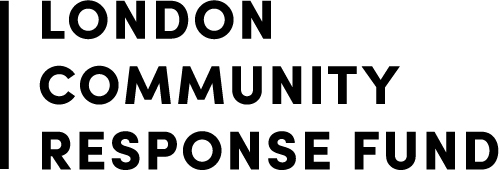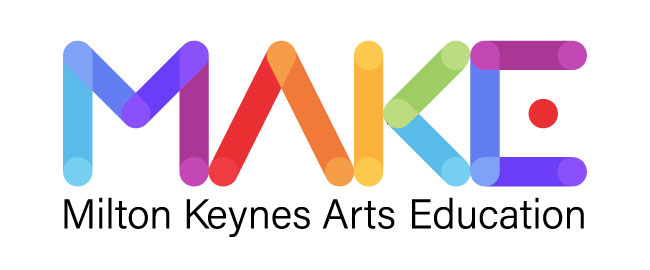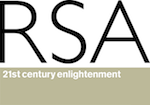The brain and improvisation: getting into the groove for convergent and divergent thinking
|
When I attended Dr Peter Lovatt’s Movement Improvisation and Thinking workshop at the 2013 Learning Brain Europe Conference I hadn’t anticipated that I would be rolling around on the floor and cutting some seriously weird shapes in a room full of strangers. Yet within a few minutes I was doing just that, and seriously enjoying myself.
At the University of Hertfordshire’s Dance Psychology Lab, Dr Peter Lovatt toes the line between science and the arts in an academic setting. I love dancing, but at Learning Brain Europe we weren’t just dancing for fun; Dr Lovatt’s workshop focussed on the differences between structured and improvised dance, and how they can be used to stimulate convergent or divergent thinking.
Structured dance – such as dance routines – encourage convergent thinking, improving the brain’s capacity to recall straight facts. When following a routine, I could feel myself thinking through each move and anticipating the next; I was physically memorising and recalling information, and acting it out in sequence. I’ve never been particularly good at remembering facts, so it was no surprise that I struggled more during the routine sections than when I was free to do my own thing. However, as we repeated the movements at intervals throughout the session I became more confident, and could really see how the physical repetition was having a real impact on my capacity to remember. This activity reminded me of friends at university who composed, recorded, and listened back to songs in Old English to help them remember difficult quotes from a medieval, alien language, and was further testament to the capacity of the arts to stimulate our brains to retain information.
Improvised dance has the power to encourage divergent thinking, allowing the brain to explore different avenues and make new connections. It is a wonderful tool for problem solving. During the workshop we were given different stimuli, such as shake your legs, use your hips, and dance like a rockstar, and had use these prompts to move round the room in our own way. I felt through each situation, trying different moves until I found the ones that suited me best. During these improvised dances we were actively problem solving, exploring an enormous range of physical possibilities.
The feedback at the end of the session was interesting. Some participants preferred the structured routines whereas other preferred improvising; we all had very different experiences of and responses to the workshop. Some of us were better at convergent and others better at divergent activities; the workshop physically demonstrated that we all think and learn in completely different ways.
During the last dance, we switched from the routine, to freestyle, and back again. By that point I had become very aware of the processes my brain was going through switching between the different types of dance. Not only is dancing a joy, but if we harness it to stimulate not only convergent but divergent thinking in our classrooms, then it is a fantastic tool for teaching and learning.
|
20 Jun 2013 |
















